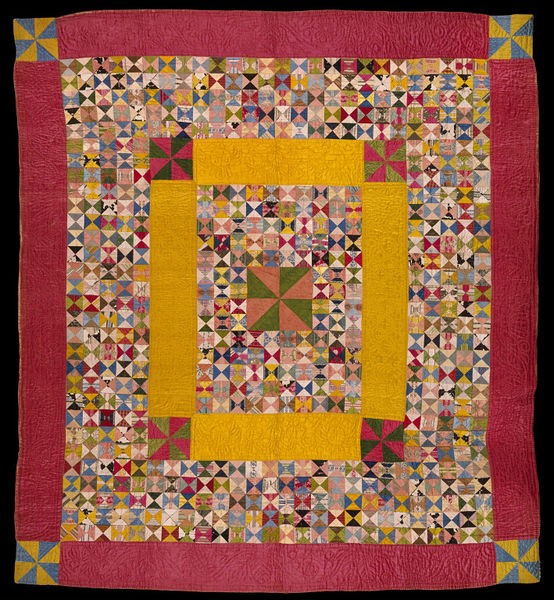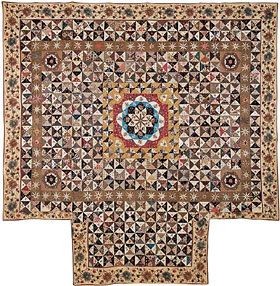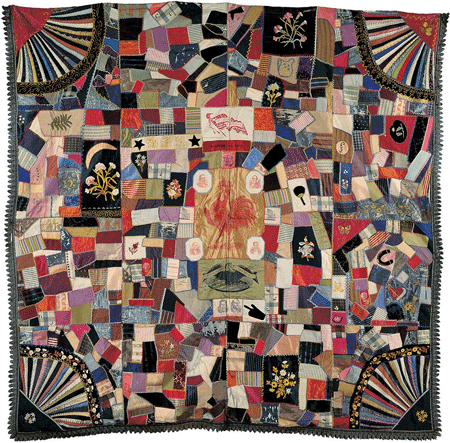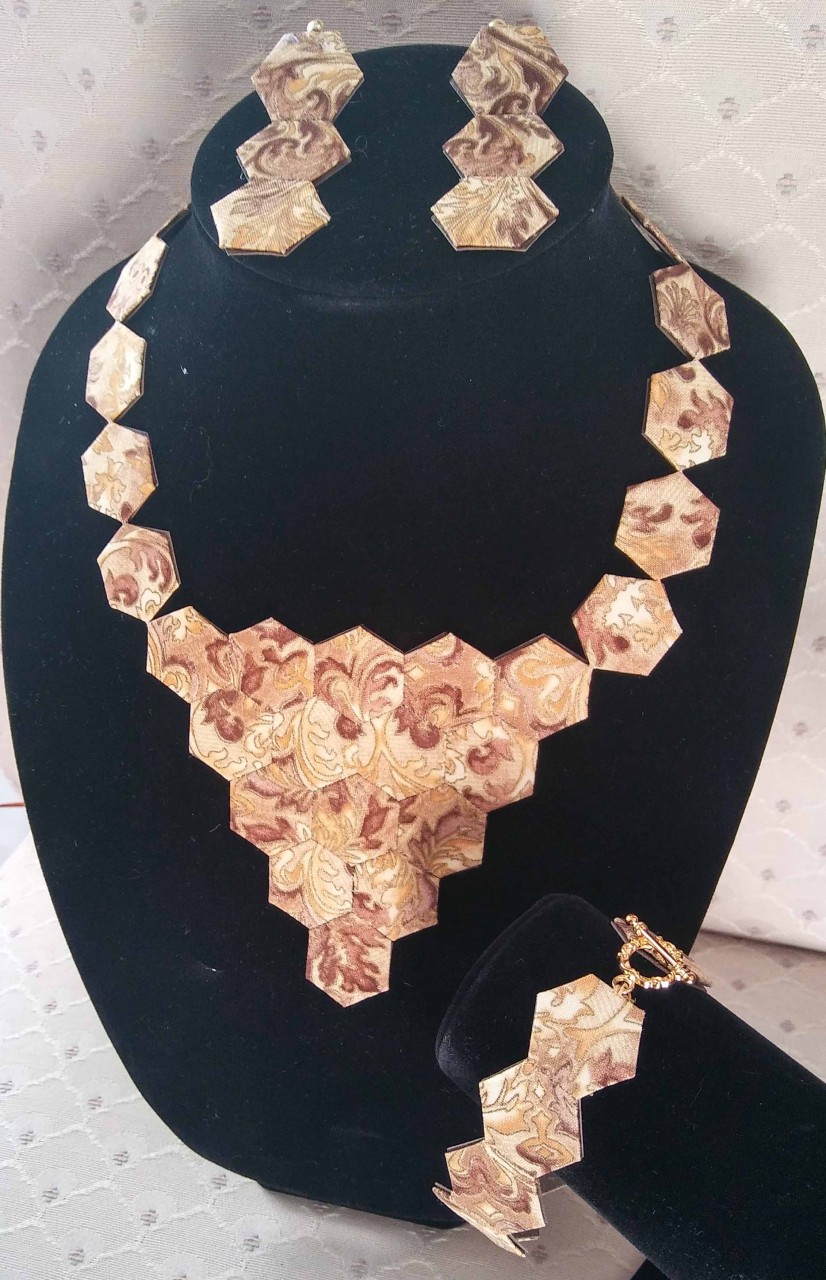
Many experts consider the Huguenots legacy textiles, specifically weaving. As the Huguenot refugees began fleeing the religious persecution in France in the late 1500s, their skills impacted textile industries in Netherlands, South Africa, Colonial America, to name a few and perhaps the best known…Spitalfields, England. Currently, there is an emphasis of cotton for quilts, but in earlier times, silk was more accessible for quilts. Spitalfields is a district in the East End of London, which was an area of fields and gardens until the streets were laid out for Irish and Huguenot silk weavers. The Huguenots hoped to avoid the restrictive legislation of the City Guilds, by living outside of the city. The Huguenots set up looms weaving in their homes with “weaver windows,” In 1638 Charles I established the Spitalfields Market initially to sell “flesh,...





